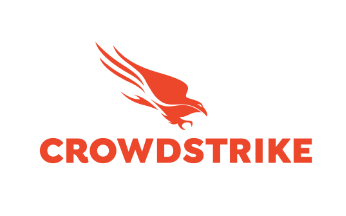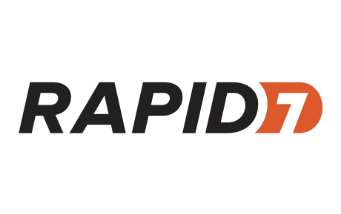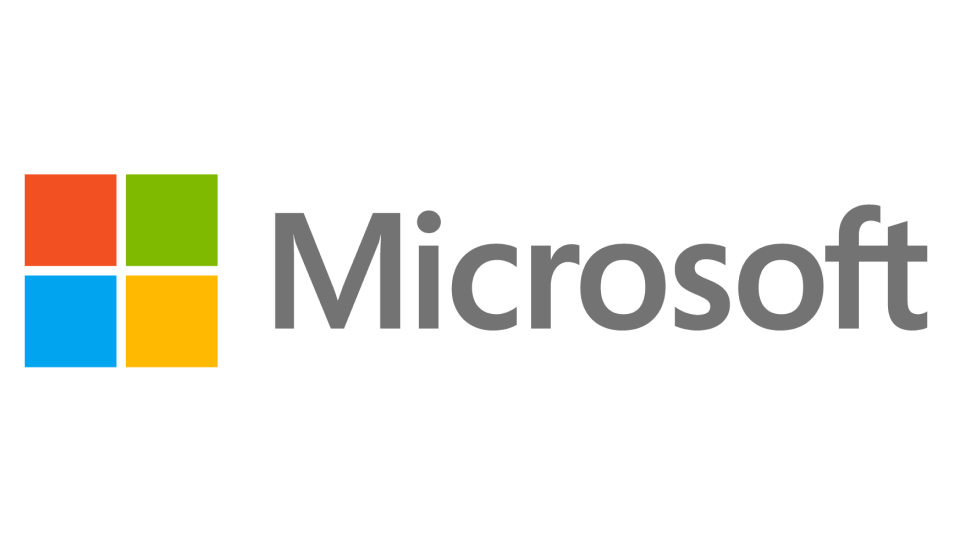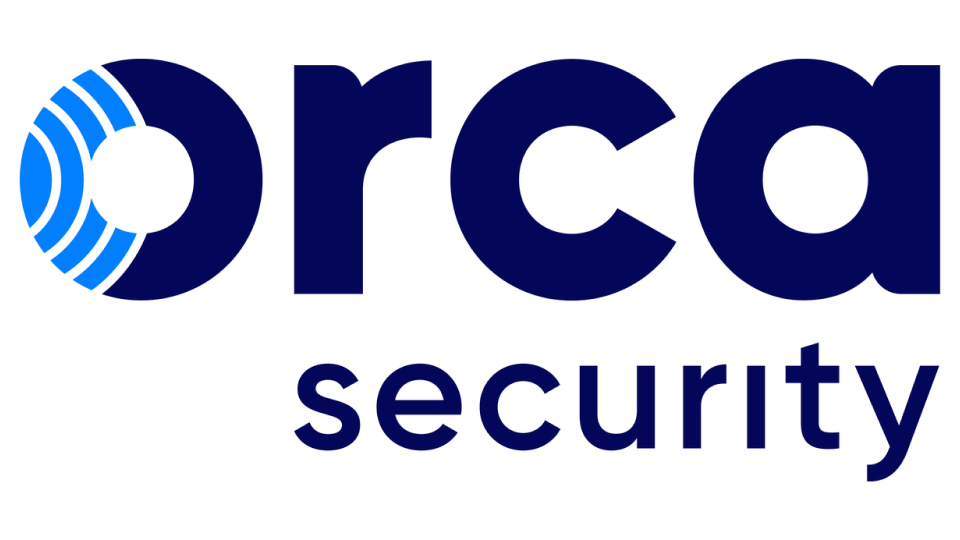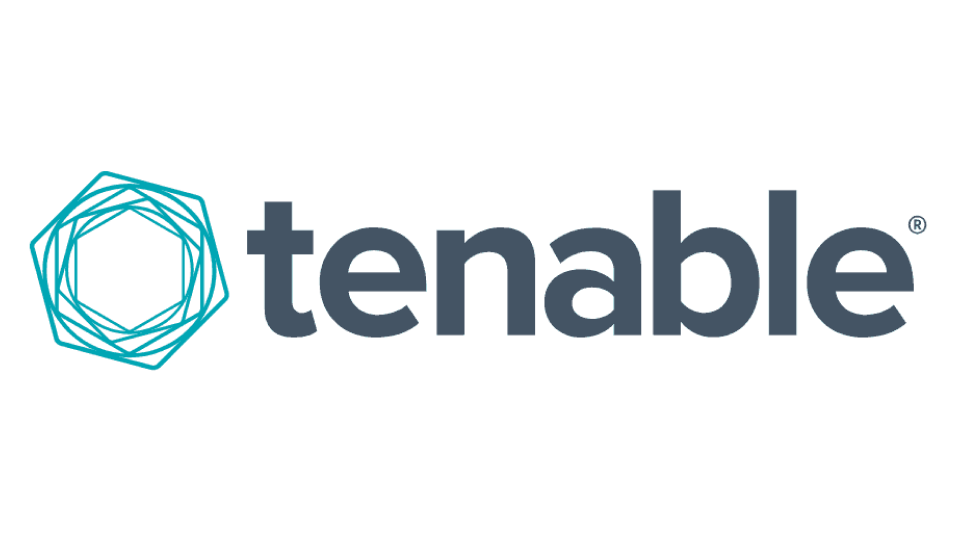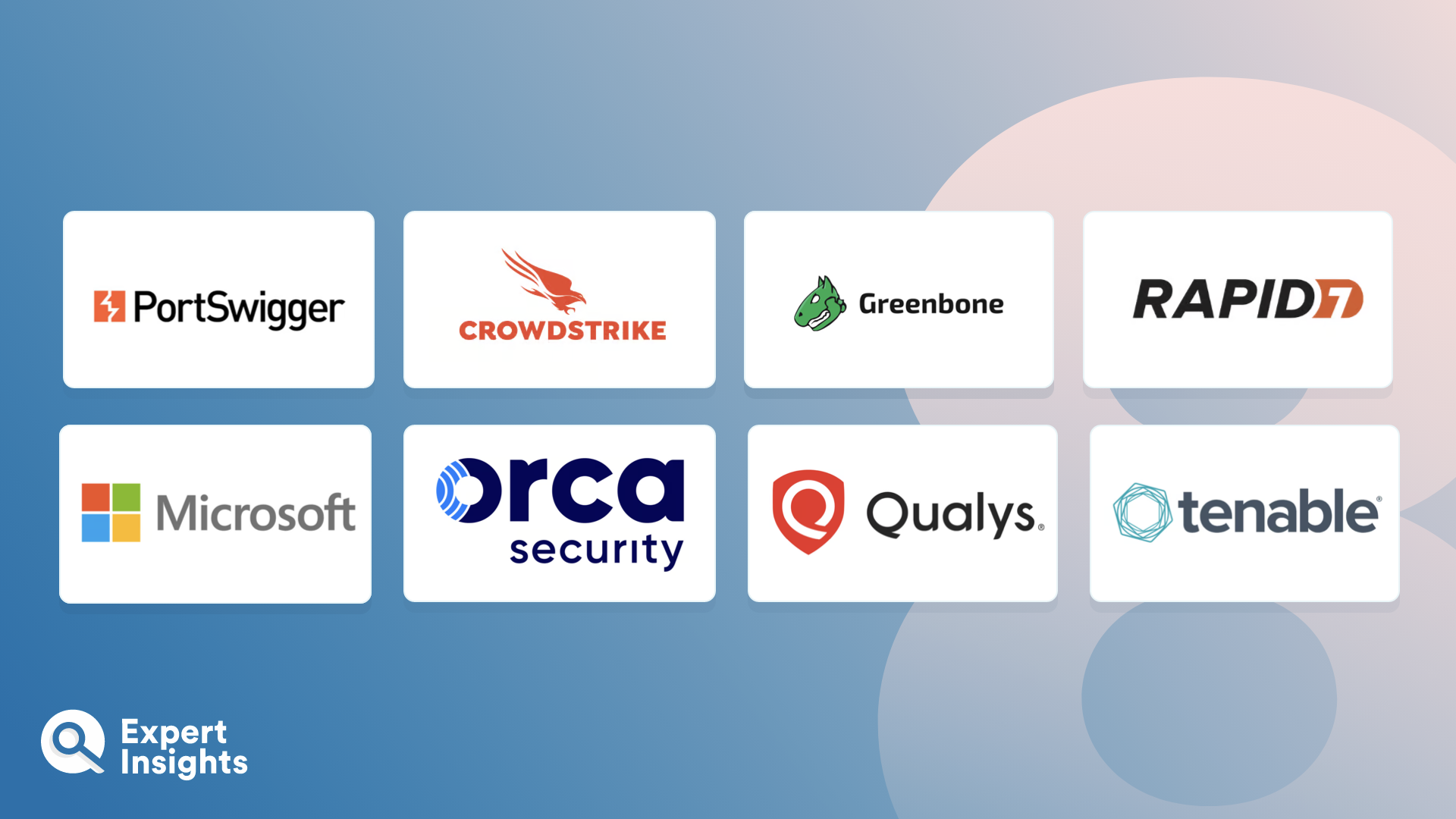Everything You Need to Know About Vulnerability Assessment Solutions (FAQs)
What Is A Vulnerability Assessment Solution?
Today attack surfaces are constantly evolving and expanding, so finding ways to discover, analyze, and mitigate weak points in your defenses is essential for any thriving organization to keep ahead of attempts to exploit their network and gain unauthorized access to systems and devices.
Vulnerability assessment is a method used by organizations to evaluate and review their systems for potential security weaknesses. A vulnerability assessment solution is a software tool designed to support organizations in better identifying, evaluating, and prioritizing security vulnerabilities within their IT infrastructure, networks, systems, and applications. These solutions can scan and analyze different components of an organization digital environment to identify possible weak points that a cyber attacker might seek to exploit. This allows organizations to take a more proactive approach to their security, and also helps them to better adhere to necessary compliance requirements.
Conducting regular and thorough vulnerability assessments is valuable as it helps organizations to address flaws in their security, stay ahead of potential security threats, minimize the risk of breaches, and maintain strong cybersecurity posture in an increasingly complex threat landscape.
As different businesses have different needs, the usefulness of a vulnerability solution will depend on its ability to align with your organization’s specific security objectives.
How Do Vulnerability Assessment Solutions Work?
Vulnerability Assessment Solutions work by scanning, identifying, and ranking vulnerabilities present in information systems. They provide an in-depth review of any potential points of exposure in your IT infrastructure, applications, networks, and systems. These solutions work on an automated basis and are an important part of an organization’s overall security strategy, ensuring that unauthorized access to information is prevented.
These solutions exhaustively scan and probe systems, networks, and software to pinpoint potential weak spots that could be exploited by attackers. They provide insights into system weaknesses, outdated software, misconfigurations, amongst others. After identifying vulnerabilities, organizations can then take appropriate preventive measures to strengthen their defenses.
The risk mitigation benefits of vulnerability assessments are immense. By patching security holes before they can be exploited, companies are better able to protect sensitive data, avoid disruptions, meet compliance requirements, and maintain clients’ trust. The systems also help automate most of the process, cutting down time and effort while enhancing accuracy and comprehensiveness of the checks.
What Features Should You Look for When Choosing Vulnerability Assessment Solutions?
When selecting a Vulnerability Assessment Solution, consider the following capabilities:
- Comprehensive Scanning – A good vulnerability assessment solution will offer comprehensive scanning capabilities, enabling it to identify vulnerabilities across the organization IT infrastructure. This includes endpoints, networks, applications, and systems. It will need to be capable of assessing these across a variety of platforms and environments.
- Vulnerability Classification – Your vulnerability assessment solution should be able to detect and classify vulnerabilities with a high degree of accuracy, including known vulnerabilities, possible security weaknesses, and misconfigurations. This makes it easier to carry out a thorough assessment of each organization’s security posture.
- Remediation Recommendations – This involves the solution offering actionable guidance and steps to address the security vulnerabilities that have been identified. These recommendations should be based on best practice, industry standards, and the vulnerabilities specific characteristics.
- Automation – The solution should automatically perform scans periodically, as well as automatically prioritizing vulnerabilities based on potential impacts. This automation helps organizations to streamline their processes and reduce their manual efforts.
- Integration and Compatibility – A good vulnerability assessment solution should be compatible the other tools used by an organization to maximize effectiveness. This can including things like SIEM systems, patch management solutions, and ticketing systems.
- Reporting and Analytics – Any solution that you implement for vulnerability assessment should offer robust analytics and reporting capabilities. Detailed reports on vulnerability assessment findings are important for providing actionable insights and trend analysis. This is important to keep your organization safe, as well as to demonstrate compliance, and make more informed decision to improve their security posture.




